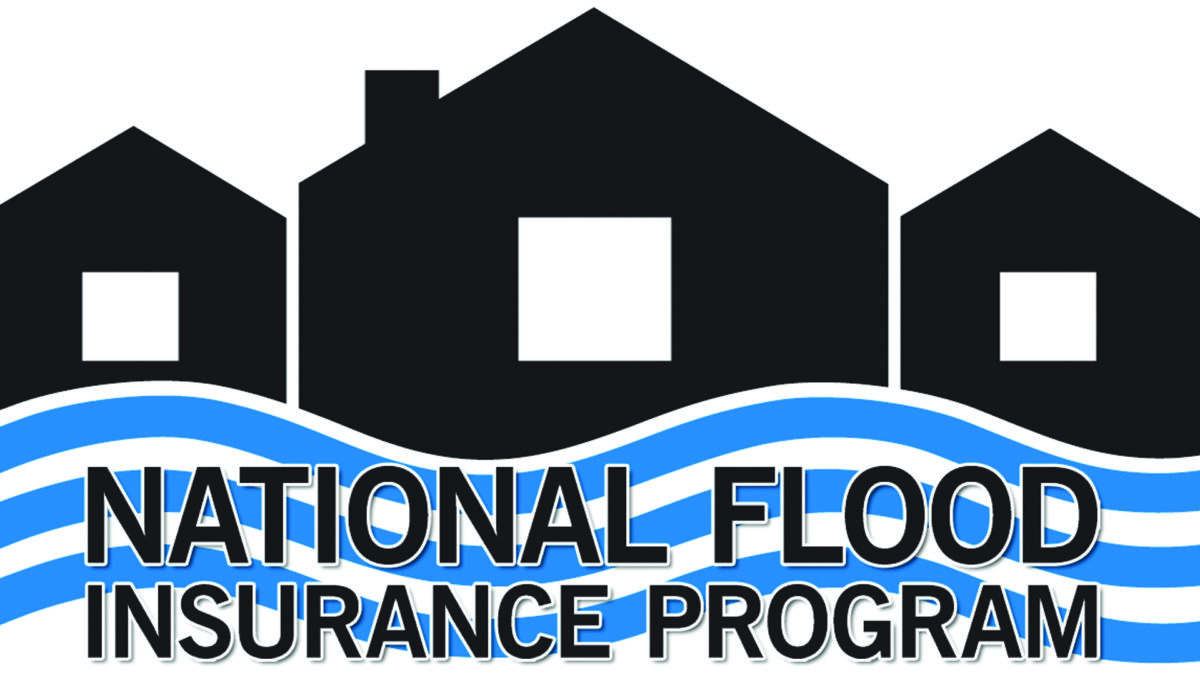Ben Franklin: Inventions and Legacy
Benjamin Franklin wore many hats during his life: an ambassador, an author, a founding father, a printer, a postmaster, scientist. But perhaps most importantly, he was an inventor who dedicated his life to finding solutions to common problems and inventing new technologies.
Benjamin Franklin is regarded as one of the most successful and popular inventions of our modern world, but he never did patent a single one of his inventions. Instead, he believed that his inventions should be shared freely: "That as we enjoy great Advantages from the Inventions of others, we should be glad of an Opportunity to serve others by any Invention of ours; and this we should do freely and generously."
Ben's Inventions:
Bifocals
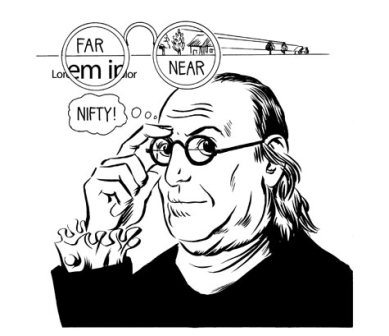
Like most of us, Franklin found that his vision deteriorated with age, and he became both nearsighted and farsighted. Tired of switching between glasses, he invented "double spectacles" or what we now call bifocals. He cut the lenses of two pairs of glasses—one for reading and one for distance—horizontally in half and reassembled them into a pair with distance glasses on top and reading glasses on the bottom.
Lightning Rod
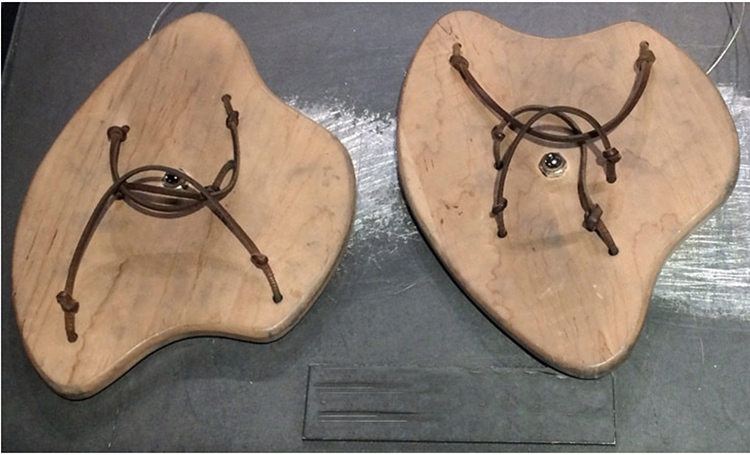
Franklin was best known for his experiments with electricity—particularly with kites—a fascination that began after he accidentally electrocuted himself in 1746. By 1749, he had turned his attention to the possibility of protecting buildings and those within them from lightning strikes. After noticing that a sharp iron needle could conduct electricity from a charged metal sphere, he speculated that such a design might be useful.
"May not the knowledge of this power of points be of use to mankind, in preserving houses, churches, ships, etc., from the stroke of lightning, by directing us to fix, on the highest parts of those edifices, upright rods of iron made sharp as a needle...Would not these pointed rods probably draw the electrical fire silently out of a cloud before it came nigh enough to strike, and thereby secure us from that most sudden and terrible mischief!"
Before long, Franklin’s pointed lightning rod could be seen on top of many buildings throughout the Colonies.
Swim Fins
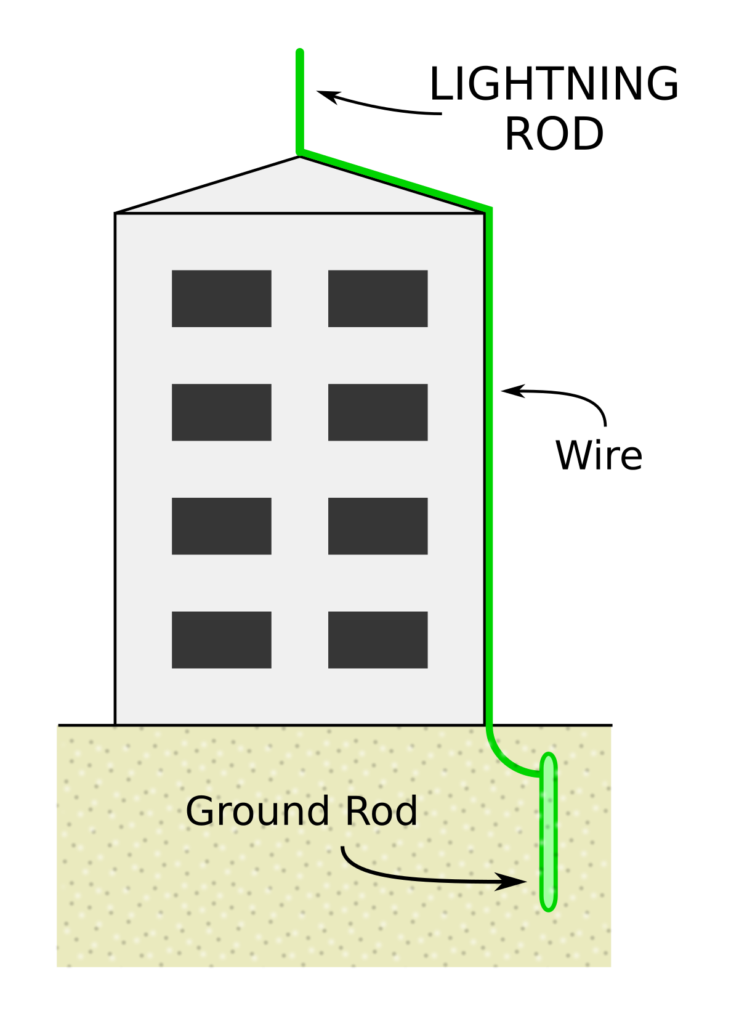
An avid swimmer, Franklin was just 11 when he invented flippers—two oval-shaped pieces of wood that, when grasped by hand, provided extra propulsion in the water. He also tried flippers, but that didn't work as well. He described his childhood invention in an essay titled "The Art of Swimming."
“When I was a boy, I made two oval [palettes] each about 10 inches long and six broad, with a hole for the thumb in order to retain it fast in the palm of my hand. They much resembled a painter’s [palettes]. In swimming, I pushed the edges of these forward and I struck the water with their flat surfaces as I drew them back. I remember I swam faster by means of these [palettes], but they fatigued my wrists.”
Back before there were shark nets, swimming pools, and beaches with lifeguards, swimming in colonial America was not a common activity. Franklin's early advocacy for the sport earned him recognition in the International Swimming Hall of Fame and the United States Swim Schools Association Hall of Fame.
Franklin Stove
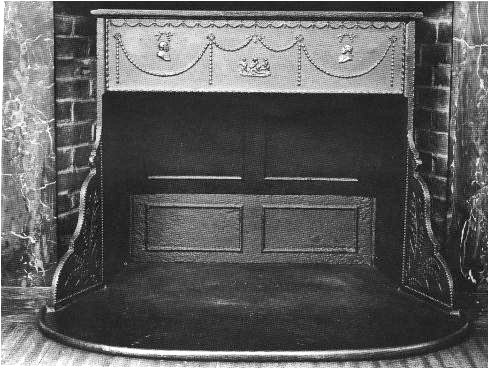
Franklin came up with a better way to heat rooms in 1742, perhaps fed up with the cold Pennsylvania winters. A metal-lined fireplace intended to stand a few inches from the chimney was known as the Franklin stove. An inverted siphon assisted in the extraction of additional heat, and a hollow baffle at the rear allowed the fire's heat to mix with the air more quickly. Additionally, his invention produced less smoke than a conventional fireplace, making it even more appealing.
Ben Founded and Co-Founded:
- America’s first circulating library, The Library Company of Philadelphia (1731)
- America’s first volunteer fire department, Union Fire Company (1736)
- America’s first learned society (with John Bartram), American Philosophical Society (1743)
- America’s first liberal arts academy, Pennsylvania Academy & College, now the University of Pennsylvania (1749)
- America’s first public hospital, Pennsylvania Hospital (1751)
- America’s first mutual insurance company, The Philadelphia Contributionship (1752)




